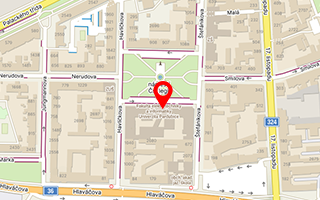Publikace detail
Possibilities of Piecewise-Linear Neural Network Training Using Levenberg-Marquardt Algorithm and Hybrid Differential Evolution
Autoři:
Gago Lumír | Doležel Petr
Rok: 2016
Druh publikace: článek ve sborníku
Název zdroje: Mendel 2016 : 22nd International Conference on Soft Computing
Název nakladatele: Vysoké učení technické v Brně
Místo vydání: Brno
Strana od-do: 39-42
